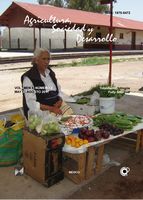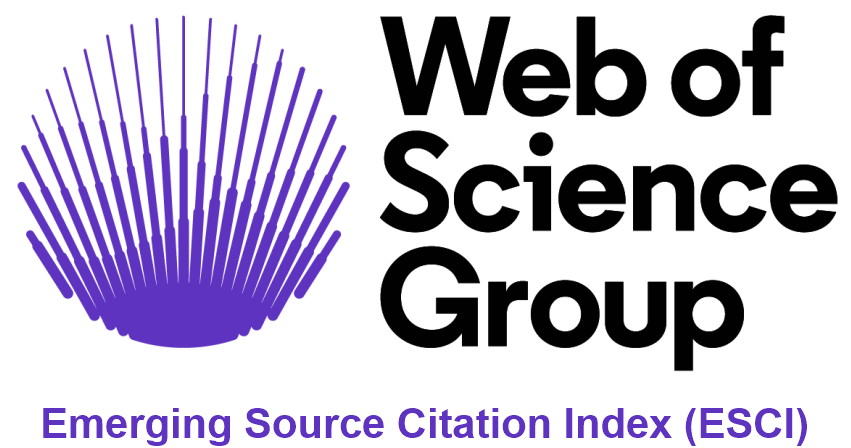Credit for territorial development: the case of financiera rural in México
Abstract
Various authors have demonstrated that credit and rural
development are linked; in México’s case, there are diverse
banking systems that seek to cover the demands for rural and
agricultural/livestock credit. The objective of this research was
to analyze the distribution of credits that development banks
offered through Financiera Rural (FR, Rural Financial) from
2003 to 2010, with the purpose of understanding the degree to
which credits have been destined to the development of rural
areas, and using the municipality as the observation unit. A
Cluster Analysis was performed, using levels of marginalization,
accessibility, rurality, and total financing in the 2454
municipalities in México. With this tool, 14 groups were defined.
Results show that: a) 41% of the credits FR has granted have
been destined to 122 municipalities, considered as metropolitan
urban; b) 991 municipalities considered as disperse rural, and
987 as semi-urban rural have only received 4% and 23% of
the 103 503.20 million pesos exercised by the FR. We conclude
that it is necessary to reorient the development banking’s credit
distribution toward rural areas.
Downloads
Published
How to Cite
Issue
Section
License
Authors who publish in this journal accept the following conditions:
- The authors retain the copyright and transfer to the magazine the right of the first publication, with the work registered with the Creative Commons attribution license, which allows third parties to use what is published as long as they mention the authorship of the work and the first publication in this magazine.
- Authors may make other independent and additional contractual arrangements for non-exclusive distribution of the version of the article published in this journal (e.g., including it in an institutional repository or publishing it in a book) as long as they clearly indicate that the work It was first published in this magazine.
- Authors are permitted and encouraged to publish their work on the Internet (for example on institutional or personal pages) before and during the review and publication process, as it can lead to productive exchanges and greater and faster dissemination of the work. published (see The Effect of Open Access).













